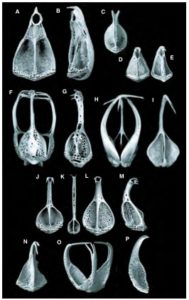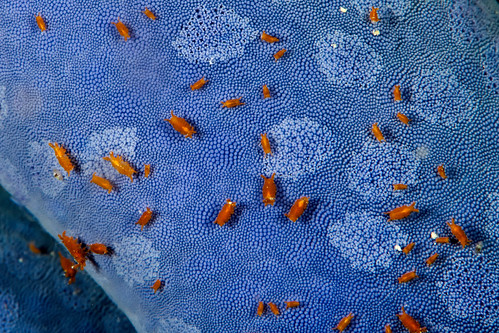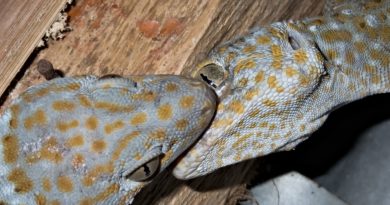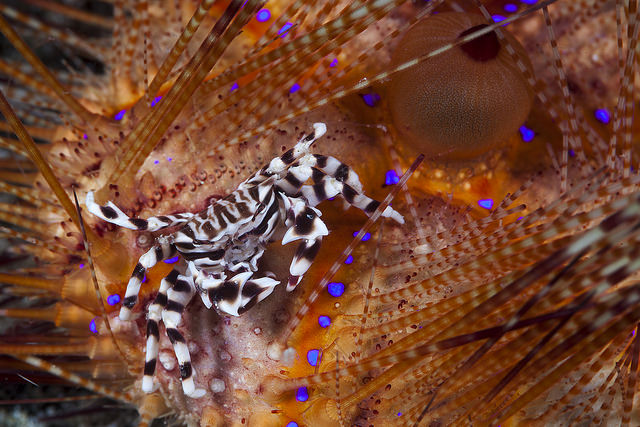Urchins Are Amazing
I am currently reading up on the anatomy, neurophysiology, behavior and evolution of sea urchins. These are amazing animals, a fact I had not been conscious of, despite swimming over these echinoderms for years during my many underwater excursions.
I was always aware of the fact that echinoderms (sea urchins, sea stars, sea cucumbers and crinoids) are not “primitive” animals, but organisms very high up on the evolutionary tree, a sister group to the chordates (to which the vertebrates belong). Together us and them form the deuterostomes, a group bound together by an embryonic folding pattern in their very early developmental biology. Still, on many dives my main interaction with them was to avoid getting stung. I missed out on an intricate system of appendages on the body surfaces of sea urchins.
While we share some early developmental mechanisms with them, the organization of their nervous systems could not be more different from ours. While we own big brains where neural information processing is centralized, the urchins operate in a very de-centralized manner. A nerve ring around their bodies weakly integrates the activity of the appendages on their skins, which act in a semi-independent way. Individual spines will orient themselves towards a threat (either something touching the urchin, or causing a shadow on it). In this way, the spines form a defensive bundle pointed towards the threat. But it’s quite clear that there is no central brain which came up with this plan to bundle, rather this is due to the mildly coordinated independent action of each of the spines.
The tube feet are the urchin’s arms and legs. These hydraulically operated feet are composed of a flexible stem and a sucker. Each tube foot can exert a force of only a fraction of a gram, but many tube feet together can move the urchin along the ground or up a rock wall. If one foot touches a solid object, neighboring tube feet seem to become more active right away. Sea urchins also use these appendages for the interesting covering behavior I am studying. Check out the video I made about our sea urchin covering behavior project with People and the Sea:
The pedicellariae of the sea urchins are yet another class of appendages, which operate semi-autonomously on the body surfaces of these animals. These are clamp-like defensive structures, and there are several classes of them. Small and large clamps exist, and some even possess venom glands. Look at these shapes! And there are 1000s of them on the body surface of an urchin.

(from Coppard, Kroh & Smith.“The evolution of pedicellariae in echinoids: An arms race against pests and parasites”, Acta Zoologica, 2012)
Another interesting feature of sea urchins is that lots of small crustaceans live on their bodies, in-between the spines, tube feet and pedicellariae. These animals must, in a certain sense, “speak the language” of the pedicellariae, and be able to avoid setting them and their defensive action off. How do they do that? Have the tiny crabs figured out the mechanical patterns which cause pedicellaria action, and do they avoid those patterns? No one studies that, to my knowledge. Here you can see a lot of these commensals living on urchins and sea stars (click on the image for a slide show):
So, we have animals with skins which are in essence a forest of several classes of near-independently acting, totally alien-looking appendages for defense and locomotion. The emergent activity of these appendages, each with a small section of local nervous system, allows the urchin to thrive in the ocean. This all happens at a really small scale, and at a slow speed – that’s why human divers usually miss much of the spectacle. It’s worth taking a second look.


